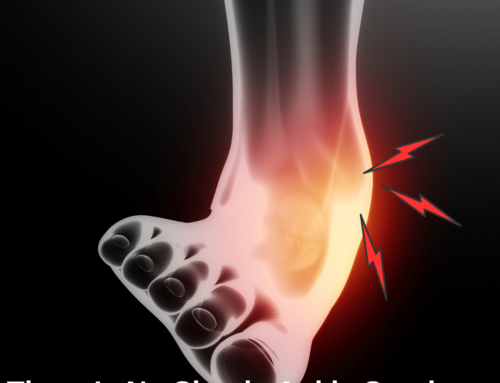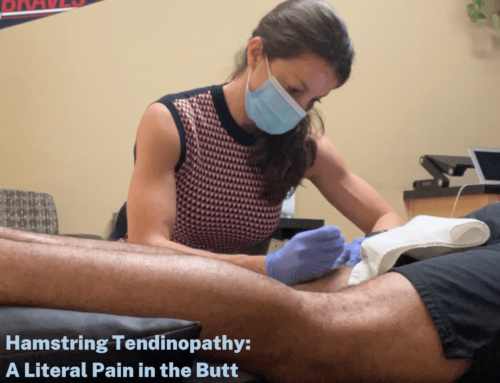Let’s Talk About (Painful) Sex

We’ve all come to normalize pain in our lives in some sense. At some point, you may have sought out therapy for the various aches and pains you’ve experienced, but did you know that pelvic health physical therapy was an option for painful sexual intercourse or dyspareunia? In fact, I can’t keep track of the amount of times I have heard from a patient or a friend who thought it was normal to have pain with sexual intercourse.
Statistics show between 10-20% of US women experience pain with intercourse→ and that’s only the women who choose to report symptoms!
Dyspareunia specifically refers to painful intercourse versus vaginismus, which is the involuntary contraction of your pelvic floor muscles in response to anything entering the vaginal canal. Vaginismus typically includes dyspareunia, whereas you may be experiencing dyspareunia but not vaginismus. But if you have been experiencing any of the above then it may be time to see a Pelvic PT!
Primary dyspareunia refers to pain from the initial onset of sexual activity. Secondary dyspareunia refers to sexual activity that was not previously painful but now is. Dyspareunia can occur for a number of different reasons, including:
- Postpartum: We may experience weakness and hypertonicity in our pelvic floor muscles postpartum. This could be due to fatigue and weakness following delivery (our pelvic floor muscles have to contract and relax during labor); it could be due to scar tissue from tearing or an episiotomy during delivery as well.
- Changes in estrogen levels: This can occur with menopause or with breastfeeding, or birth control. These changes in estrogen levels can impact our pelvic floor and lead to hypertonicity or weakness of our pelvic floor muscles.
- Dermatological conditions: itching, burning, pain in the vaginal vestibule could in turn lead to increased tone through the pelvic floor.
- Endometriosis, Pelvic Congestion Syndrome, Interstitial Cystitis→ could all be causes of deeper dyspareunia.
- Frequent UTI’s go hand in hand with pelvic floor muscle dysfunction. Whether frequent UTI’s cause increased pelvic floor tone or hypertonicity in the pelvic floor mimics UTI symptoms, you may also be experiencing dyspareunia as a result.
- History of abuse or trauma– muscles hold memory and our pelvic floor is no exception. Hypertonicity could be present if there’s a history of trauma.
- Anxiety-you may notice increased tension throughout your whole body when you’re experiencing increased anxiety. This can also mean increased tension in your pelvic floor. The saying out of sight out of mind rings true to your pelvic floor. Without being able to visually see these muscles it can be difficult to know if we’re holding tension within our pelvic floor muscles.
Our pelvic floor muscles are just like any other muscles in our body. And just like any other muscle in your body they can become shortened due to too much tone in the muscle. Internal release of trigger points in the pelvic floor muscles can reduce tone throughout your pelvic floor. Learning how to actively relax the muscles of our pelvic floor and re-educating the muscles to move through contracting and relaxing can decrease tone and prevent these muscles from becoming hypertonic again.
Long story short, dyspareunia can occur due to a number of different reasons. But it should NEVER be the norm. It’s time to break the stigma surrounding painful sex and get the help you need.
References:
https://www.aafp.org/pubs/afp/issues/2021/0515/p597.html






